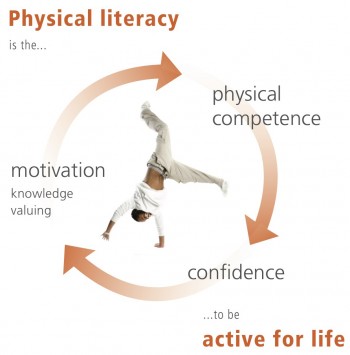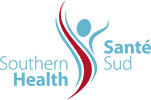 Being physically active for life depends on feeling confident in activity settings and with your movement and sport skills. This is especially key during child development.
Being physically active for life depends on feeling confident in activity settings and with your movement and sport skills. This is especially key during child development.
Physical literacy is about applying the motivation, confidence, ability and knowledge to value and engage in physical activities for life.*
Children develop physical literacy by learning a wide variety of fundamental movement skills - like throwing, kicking, running, jumping, hopping and catching. These skills allow children to enjoy many different physical activities and sports. Children can improve coordination, confidence and their ability to adapt to new skills by incorporating these skills into new and challenging tasks.
Adults are less likely to stay active over time without physical literacy. Programs that give people an active start can improve population health. They help people stay physically active for life. They can also help people make physical adaptations when facing challenges that come with injury, chronic disease, and ageing.
Here are some tips for developing physical literacy for all ages:
- promote understanding of physical literacy (it is not just for athletes participating in sport);
- support people to develop fundamental movement skills in multiple settings;
- provide structured and unstructured play opportunities for children and adults (it is good to combine these opportunities with intentional skill instruction);
- create opportunities for physical activities among communities, including people from under-represented or marginalized groups
Useful Links
By Cheryl Pearson, Healthy Living Facilitator

